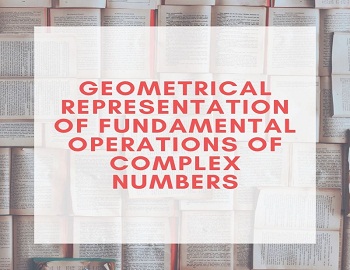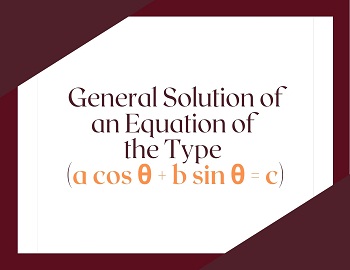Conditions for Equilibrium of a Number of Coplanar Forces Acting at a Point:
We know that the resultant R of a number of forces P1, P2, …, Pn is
R = √(X2 + Y2) ……….(i)
Here X and Y are the algebraic sums of the resolved parts of all the forces in two mutually perpendicular directions.
If the forces are in equilibrium, then R = 0.
From (i) we get
√(X2 + Y2) = 0
or X2 + Y2 = 0, which is true only if both X and Y are zero.
Hence, X = 0 and Y = 0
Conversely, if X = 0 and Y = 0, then
R = √(X2 + Y2) = 0
Hence, the system of forces will be in equilibrium.
Thus, we have the following theorem:
“The necessary and sufficient condition for a system of coplanar forces acting at a point to be in equilibrium is that the algebraic sums of the resolved parts of the forces along any two mutually perpendicular directions or any two arbitrary directions should separately be zero.”









Comments (No)